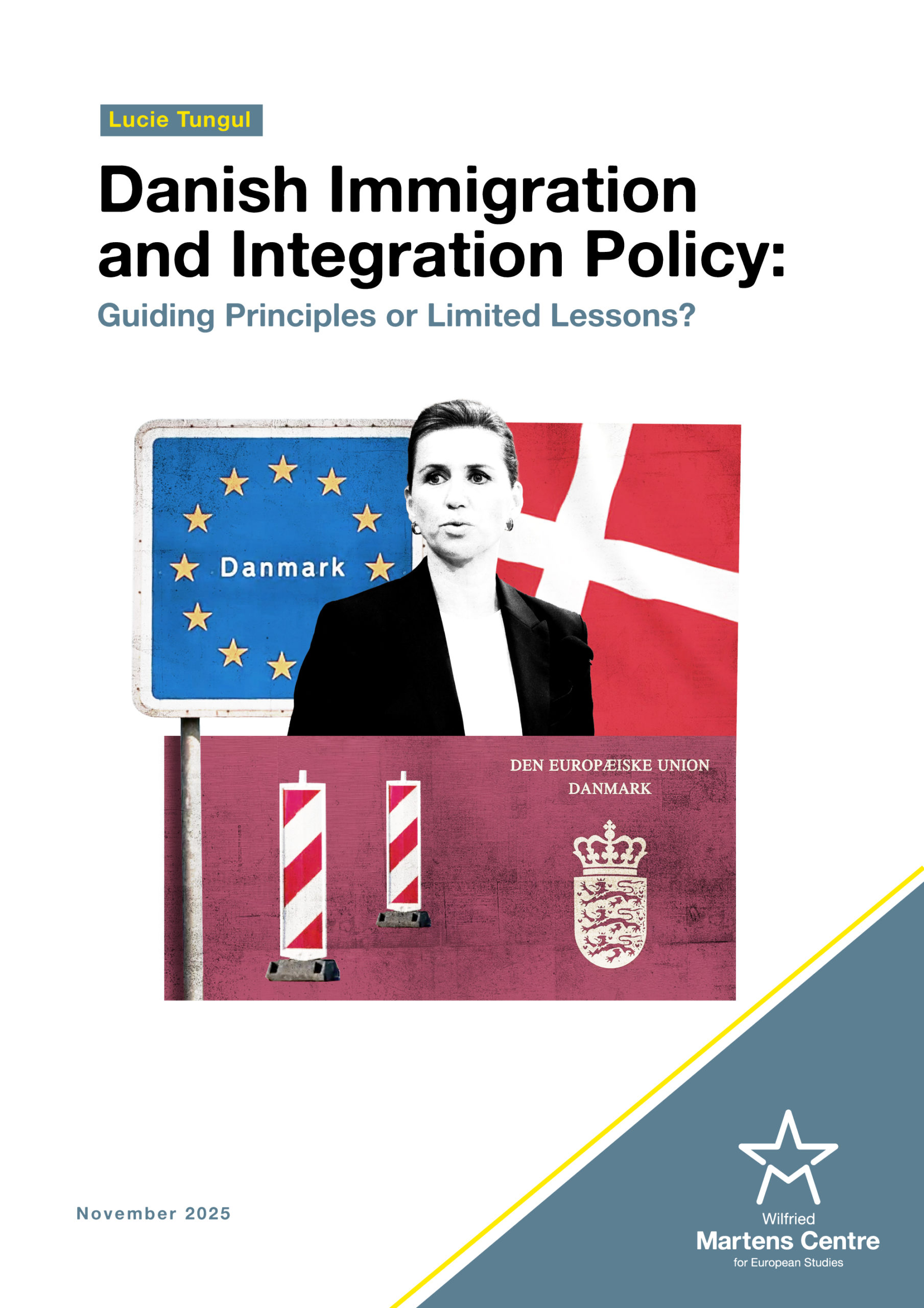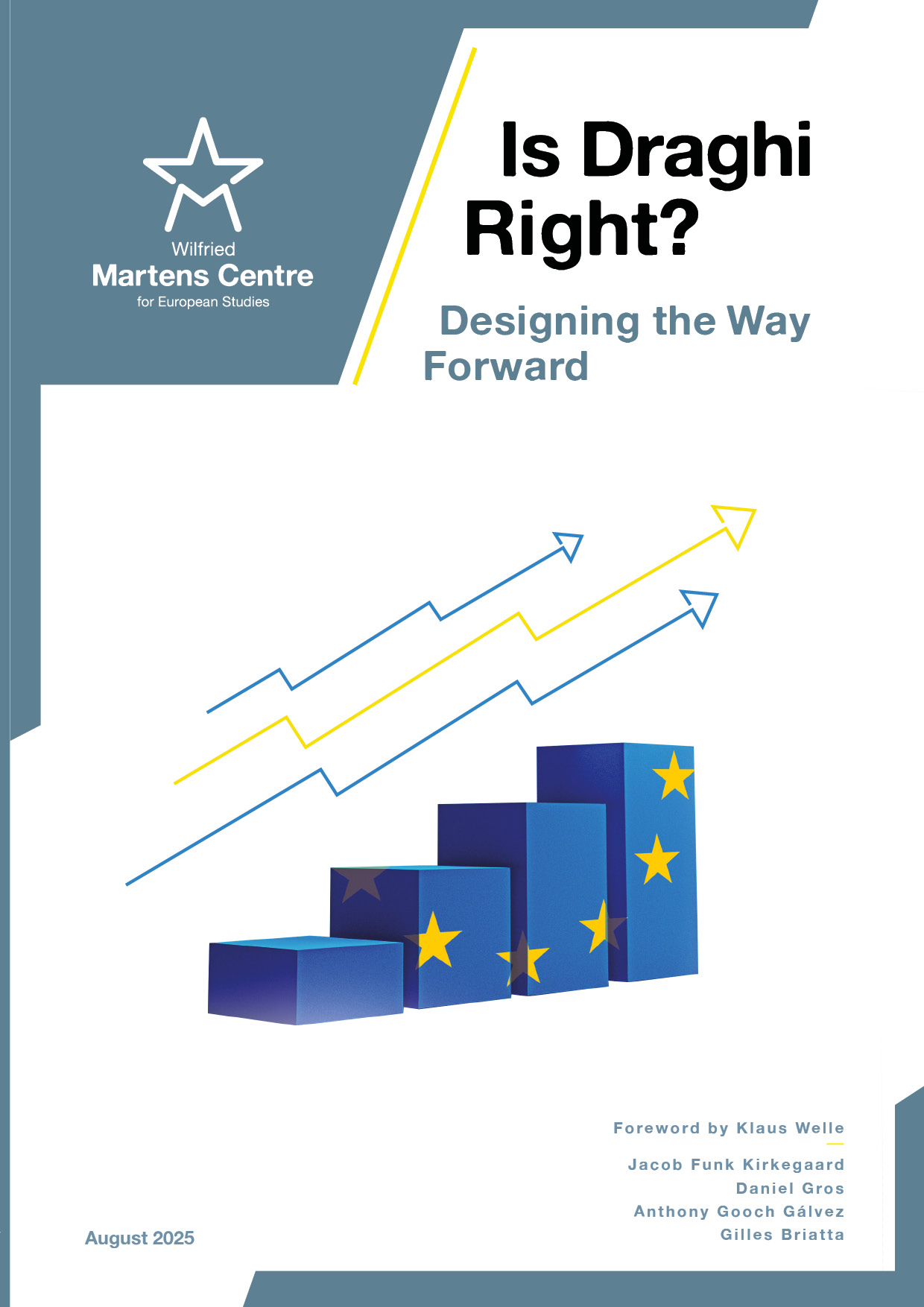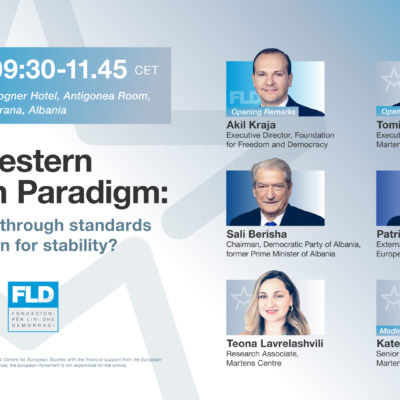Three points to make sense of the Italian elections outcome
07 March 2018
Many of the outcomes of the March 4 Italian parliamentary elections were highly predictable and, indeed, correctly foreseen. However, the extent to which this vote marked a radical request for change and is a turning point in Italian politics comes – if not as a surprise – as a confrontation with reality. It is now time to make sense of this new reality and try to analyse what is happening in Italy. Here are three points from which to start the analysis.
1. Almost 55% of Italians voted for populist, anti-establishment and euro-sceptic forces
Does this mean that Italian people are radicalising? Hopefully not. Surely, there is a certain degree of anger in the air, but extremism remains a marginal, yet dangerous phenomenon. Actually, many of those who expressed a “protest vote” in this election belong to the so-called “moderate electorate”.
Middle-class households, entrepreneurs, but also factory workers, unemployed people of different ages and social status and young people deprived of opportunities in a country which, unfortunately, seems to have increasingly less to offer. Put simply, these are ordinary people. They feel betrayed and are disappointed in the parties which they traditionally voted for and are hoping to see their conditions improve.
The Five Star Movement, the League and Brothers of Italy (a smaller far-right party belonging to the centre-right coalition) travelled across the country in recent months and years. They met with people and they made them feel heard. They showed empathy to their problems and offered simple (if not unfeasible) solutions.
In the South of Italy, the Five Star Movement presented a platform that prioritised addressing the regions high levels of poverty, unemployment, and corruption. They promised more jobs, a tough approach to corruption and privileges, as well as to introduce a universal basic income that gave everybody the means to conduct a decent life.
They met with people and they made them feel heard. They showed empathy to their problems and offered simple (if not unfeasible) solutions.
In the most productive regions of Italy, especially the North, entrepreneurs are frustrated by bureaucratic burdens and an unsustainable level of taxation. Here, the League proposed a flat tax of 15% in conjunction with a commitment to abolish many of the existing burdensome administrative constraints.
Nationwide, for many years Italy has struggled with issues surrounding migration and security, and the perception of a lack of support from the European Union has resulted in increases in euro-scepticism and anti-European sentiment. There is also an increasingly widespread belief that, all in all, Italian people are not better off within the European Union, which is being criticised for imposing too many constraints without sufficient benefits and solidarity in return.
Under these conditions, it is quite understandable how much the nationalistic recipes of populist parties and their promises to take back control over the country’s policies resonated amongst the ordinary people. Are all of the above promises deliverable? Probably not. However, they included what many Italians needed to hear.
In the most productive regions, especially the North, entrepreneurs are frustrated by bureaucratic burdens and an unsustainable level of taxation.
Hope for radical change and concern for the present and future conditions mobilized a large majority of the 73% of the electorate that voted. On the one hand, the Five Star Movement alone got more than 32% of the votes, becoming the largest political force in Italy.
Another reason for their success was the reassuring tones of its 31-year-old leader Luigi Di Maio. He managed to convince the relative majority of Italian voters to trust the M5S, in spite of emerging scandals surrounding its members and its multiple failures in holding concrete administrative responsibilities (such as the messy situation in Rome).
On the other hand, the League of Matteo Salvini reached around 18%, evolving from a regional movement – the former “Northern” League – to a national party. Brothers of Italy scored around 4%. The three parties – in particular the M5S and the League – represent different types of populism, which makes Italy an interesting case.
2. Unsurprisingly, the big success of populist movements was coupled with the worst results ever of the two mainstream parties
Within the centre-right – which came out of the elections as the winning coalition with around 37% of the vote – the League was larger than Berlusconi’s party for the first time, and Salvini is now laying claim to the leadership of the coalition. Such a result would make it more difficult for the moderate elements of the centre-right to avoid far-right shifts in its internal balances. This is especially true on subjects like migration, security and commitment to the European Union and the Eurozone.
On the other side of the political spectrum, Matteo Renzi’s Democratic Party fell from the 40% achieved in the 2014 European Elections to less than 20%. A massive failure which is worse than anybody (including Renzi himself) could have ever imagined and which is coherent with the general trend that many centre-left, social-democrat parties are currently experiencing across Europe and beyond.
What is the future of mainstream parties in general? Italy is not alone in dealing with this dilemma.
3. Besides the rise of populism and the crisis of traditional parties, the current Italian electoral law delivered a hung Parliament with no clear solutions
Indeed, at present neither the M5S nor the centre-right coalition have the majority required for forming a stable government (estimated to 40%). With so much political fragmentation, it was clear from the beginning that such a system would have not helped in delivering a clear outcome.
What’s next? Nobody knows. According to the Italian Constitution, the situation is now in the hands of the President of the Republic, Sergio Mattarella, who will meet with all the parties and see if there is a viable solution or if new elections must be called. Among many uncertainties, the only certainty is that both the Five Star Movement – as the winning party – and the League – as the major shareholder in the winning centre-right coalition – will play an important role in what is expected to be a long process of negotiations.
Indeed, Italian voters sent a very clear message that Mattarella will have to take into consideration in the exercise of his constitutional powers. Given the absence of a clear winner and majority, it is possible that the President of the Republic, before taking any decision, decides to wait at least until the election of the Presidents of the two Chambers – scheduled on March 23 – and see if there is clear evidence of a possible stable majority in the Parliament.
Everything will depend on the availability of the main players to make compromises and on their ability to put together a wider majority.
The whole process will probably take some time. In this sense, Italy is facing political challenges that other European democracies have also been facing. It is too early to make more precise predictions and, at this stage, any speculations on possible scenarios could easily prove wrong. Everything will depend on the availability of the main players to make compromises and on their ability to put together a wider majority.
Both the M5S and the League seem open to dialogue: yet, they remain firm in their positions and they cannot take the risk of betraying their respective electorate by consenting to any “inciucio” (deal done under the table, particularly with rivals). The margin of manoeuvre is very narrow. European and international partners are watching Italian developments carefully.
Italy could come up with a solution which keeps populist initiatives under rational control. On the other hand, a deeper focus on national interest and a changed attitude towards external partners could also emerge. Is this the beginning of Italy’s “Third Republic”? It seems that the transition has begun.
ENJOYING THIS CONTENT?




















